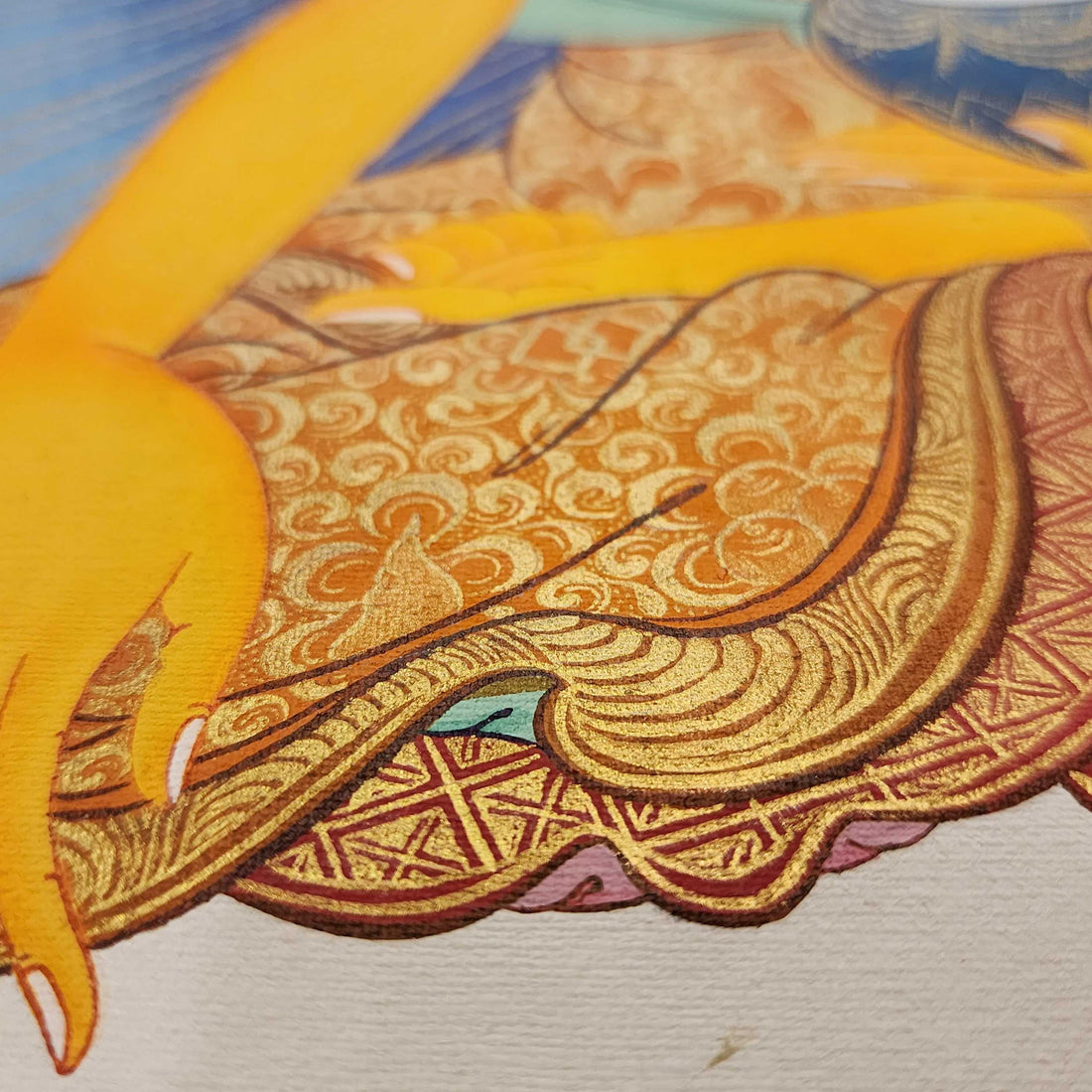
How Thangkas Are Used in Buddhist Rituals
Share
Introduction
Thangkas are more than sacred art. They play an active role in Buddhist rituals, serving as objects of devotion, meditation aids, and sources of blessings. Their presence transforms ceremonies into deeply spiritual experiences.
As Objects of Worship
— Thangkas depicting Buddhas and deities are displayed during rituals.
— Devotees make offerings of incense, butter lamps, and flowers before them.
In Empowerment Ceremonies
— Lamas use Thangkas during initiations (empowerments) to introduce practitioners to specific deities.
— The image serves as a doorway to divine energy.
For Meditation & Visualization
— Practitioners visualize themselves as the deity depicted in the Thangka.
— This practice helps cultivate compassion, wisdom, and enlightenment.
During Festivals and Teachings
— Huge Thangkas (Thongdrol) are unrolled on monastery walls during festivals.
— Viewing them is believed to grant blessings and purify negative karma.
As Protective Talismans
— Certain Thangkas, especially wrathful deities, are displayed to ward off obstacles and negative energies.
Conclusion
In Buddhist rituals, Thangkas serve as sacred bridges between the practitioner and the divine. They are not simply artworks but living representations of spiritual power.
